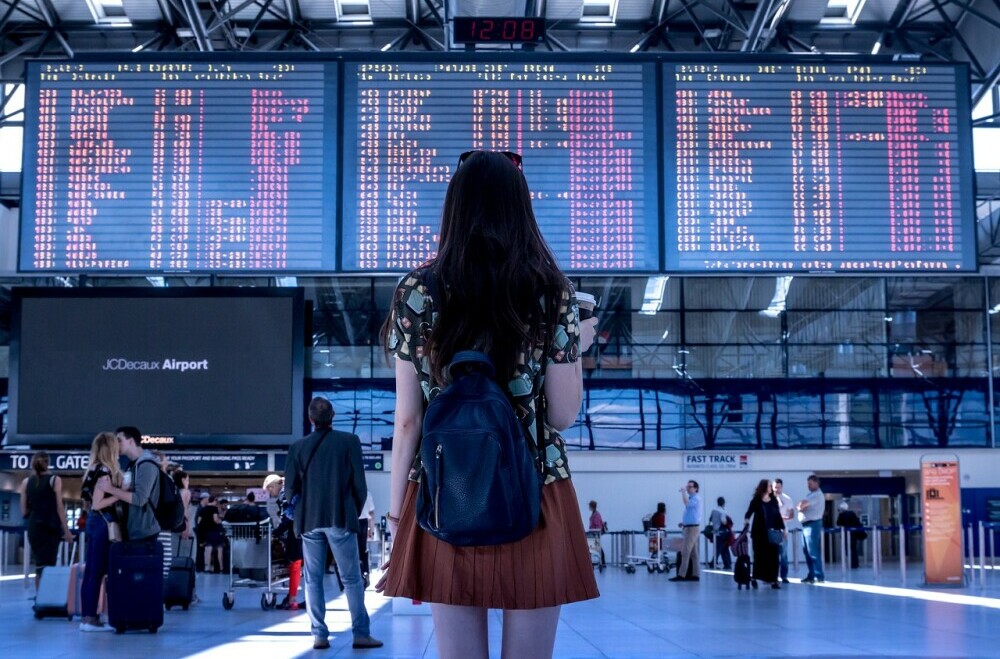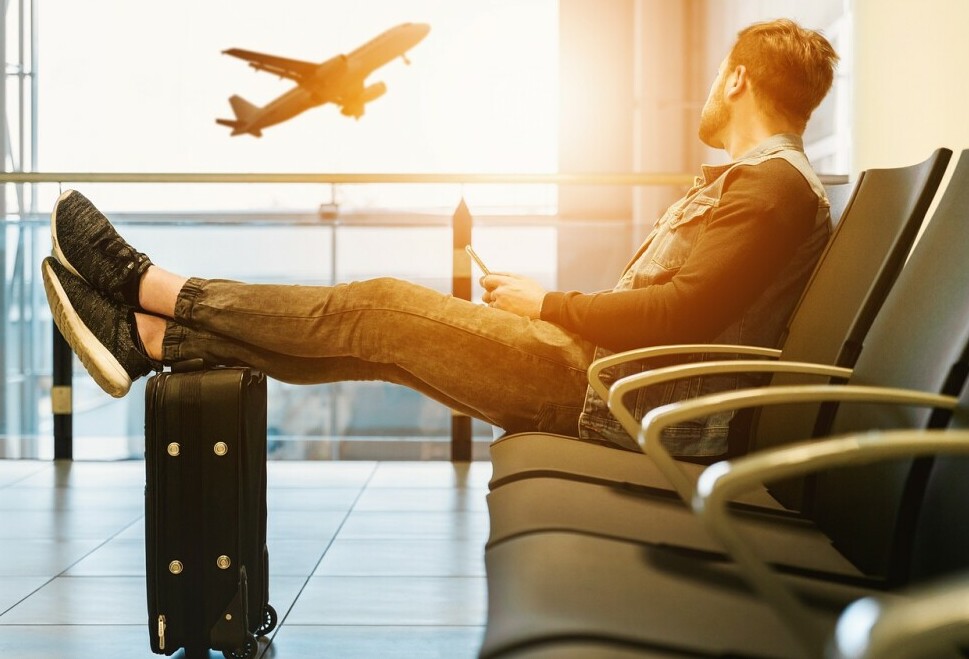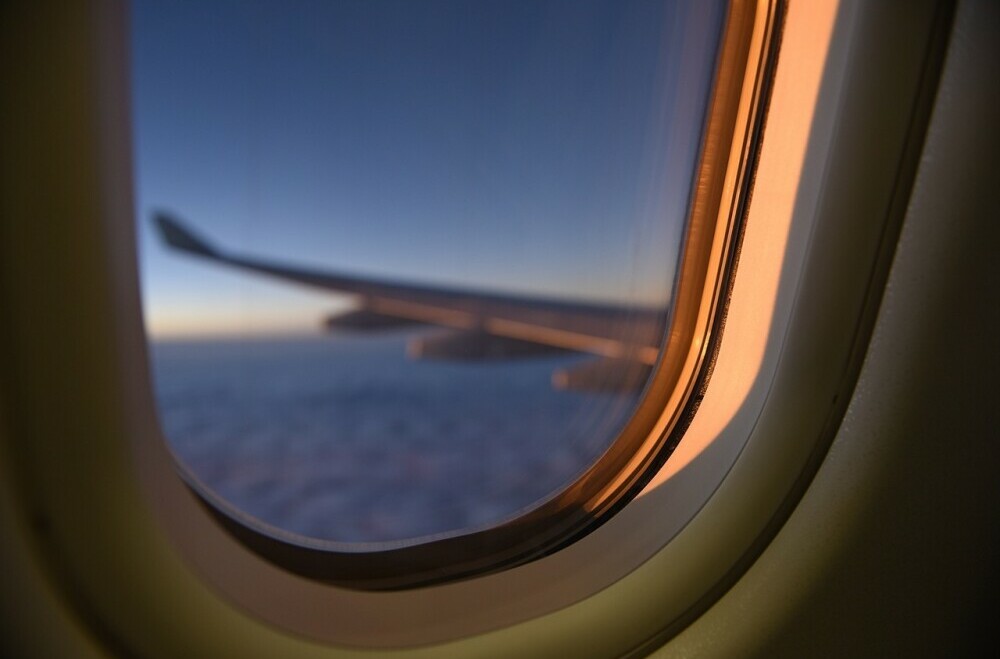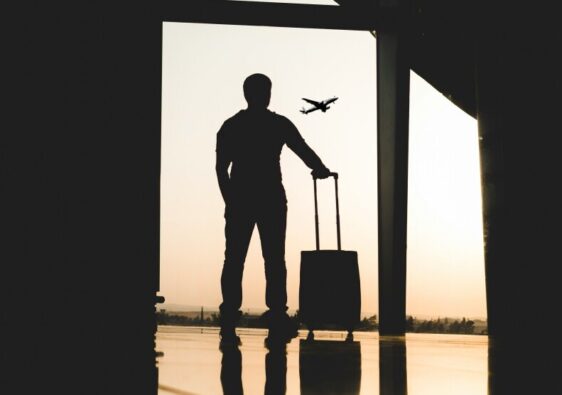
Airport security can seem intimidating, but it’s all about keeping everyone safe. Knowing what to expect helps reduce stress and makes the process smoother.
Standard procedures usually involve checking your ID, scanning your boarding pass, and passing your belongings through X-ray machines. You’ll also go through a body scanner. It’s straightforward if you’re prepared.
Security has tightened in recent years due to increased threats. Even seasoned travelers notice changes. Understanding these adjustments helps you stay ahead.
Increased security means longer lines, especially during peak times. Arriving early is a must. This way, you can account for any unexpected delays and still have time to relax before your flight.

Preparing for Airport Security Screening
Having your documents ready, like your ID and boarding pass, makes everything easier. Keep them somewhere you can grab them quickly, like a front pocket or a lanyard.
When packing, keep in mind that you’ll need to remove electronics and liquids from your bag at the checkpoint. Placing these items in easily accessible areas of your bag can save time. Avoid overpacking, as it makes it harder to find things quickly.
Familiarize yourself with restricted items. Liquids should be in containers of 3.4 ounces (100 milliliters) or less and placed in a clear, quart-sized bag. Sharp objects, large batteries, and other prohibited items should stay out of your carry-on. Check the TSA website for a comprehensive list.
Dressing strategically can also speed things up. Wear shoes you can slip off easily and avoid excessive jewelry or clothing with a lot of metal. This cuts down on the need for additional screening.
Consider programs like TSA PreCheck or Global Entry. They allow you to use special lanes, keep your shoes on, and leave laptops and compliant liquids in your bag. Membership can save significant time, especially if you travel frequently.
TSA PreCheck is a Trusted Traveler Program by the Department of Homeland Security (DHS) designed to expedite security screening for travelers departing from U.S. airports. This program is available at over 200 airports and 90 airlines nationwide.
Key benefits of TSA PreCheck include:
- No need to remove shoes, belts, 3-1-1 liquids, laptops, or light jackets.
- Approximately 99% of TSA PreCheck passengers experience wait times of less than 10 minutes.
To enroll in TSA PreCheck, you can:
- Apply online.
- Visit an enrollment center.
- Complete the enrollment process, which involves fingerprinting, document and photo capture, and payment.
For a full list of participating airports, visit the TSA PreCheck Airports and Airlines page.
Navigating the Security Checkpoint
When you arrive at the checkpoint, follow the signs to the appropriate lane. Stay informed about which documents to present and where to place your belongings.
Parents traveling with children or people who have special needs should inform security personnel right away. They can provide additional assistance or direct you to family-friendly lanes.
Remove electronics like laptops and tablets from your bag and place them in a separate bin. Liquids in the quart-sized bag should also be placed separately. Doing this upfront can prevent delays.
During the body scan, empty your pockets completely and avoid wearing bulky clothing. If a pat down is needed, try to stay calm. It’s a standard security measure.
Common questions include whether you need to remove belts (often, yes) or if certain medical devices impact screening (usually, no). Be upfront with any concerns to make the process smoother.

Post-Security: Making the Most of Your Time
Once you’re through security, the hard part is over. Now you can focus on enjoying your time before your flight.
Airports often have a variety of amenities, including restaurants, shops, and even spas. Take a moment to explore. Some airports also offer unique experiences like art exhibits or live music.
If you have a long layover, look for designated rest areas. Some airports provide comfortable seating, nap pods, or even small cinemas. Staying comfortable is key to a pleasant wait.
International travelers should check if they need to clear any additional customs checks or visa requirements. Understanding these ahead of time prevents last-minute surprises.
Consider visiting an airport lounge if you need a quiet space. Many lounges offer comfortable seating, free Wi-Fi, snacks, and beverages. Some are accessible through day passes, even if you’re not flying first class or business.

Remember the key to less stress when navigating airport security is leave early, consider using programs such as Clear, TSA Precheck or Global Entry, avoid overpacking, familiarize yourself with restrictions and dress strategically. I will dive into the differences between the different pre-check programs in my next blog post.
When you are ready to make that getaway trip, contact me to assist you with meeting your travel goals and tips to skip the stress of navigating airport security.




